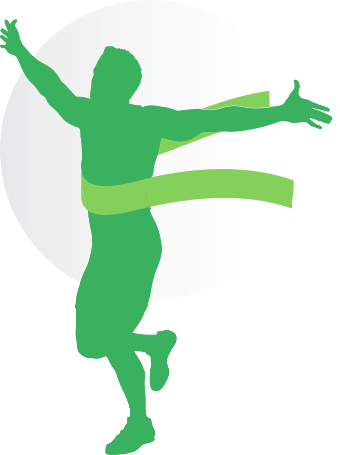
Hydration and sport
Physical activity generally increases the body’s temperature and this will lead to an increased rate of water loss via sweating, which in turn will lead to dehydration unless those fluids are replaced
Typical sweat losses during physical activity are 1-2 litres per hour, but these can be less than 0.5 litres per hour, or even as high as 3 litres per hour1. Sweat loss will depend on many factors, including the intensity and duration of exercise and the weather
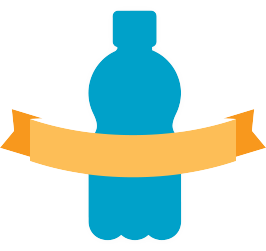
conditions, as well as on the physical characteristics of the individual. The composition of sweat also varies greatly between individuals, but the main electrolytes lost are sodium and chloride.
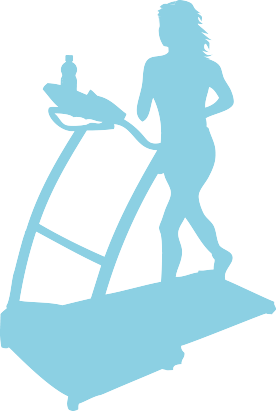
Dehydration during exercise may be reduced or prevented by drinking sufficient amounts of beverages like water or sports drinks both during and prior to sports activities when water loss is expected to occur.
Research has shown that a body water loss of more than about 2% induced by exercise in the heat can impair performance in a wide variety of tests of both physical and mental performance2. Exercise also generally feels harder when dehydrated, and this may be a good reason for recreational exercisers to ensure that they stay well hydrated.
 When an exercise session lasts longer than about 60 minutes, sports drinks may be better for rehydration than water. People losing large amounts of sweat during exercise need to replace essential electrolytes (minerals, mainly sodium) lost3. Some sports drinks contain sufficient amounts of sodium (e.g. 440-800 mg/L), and may help reduce the risk of cramps for some athletes, especially for those whose sweat contains high levels of sodium.
When an exercise session lasts longer than about 60 minutes, sports drinks may be better for rehydration than water. People losing large amounts of sweat during exercise need to replace essential electrolytes (minerals, mainly sodium) lost3. Some sports drinks contain sufficient amounts of sodium (e.g. 440-800 mg/L), and may help reduce the risk of cramps for some athletes, especially for those whose sweat contains high levels of sodium.

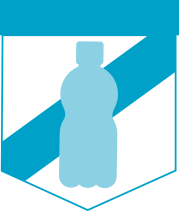
Sport sessions should be started well hydrated.
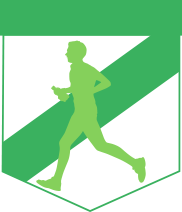
A targeted drinking plan for training and competition should be developed, based on the individual’s usual or anticipated sweat loses and feelings of comfort and thirst. The aim should be to try to restrict any loss of body weight to not more than about 2% of the pre-exercise level.

Watch out for “salty sweaters”. They should be aware of drinking sodium containing beverages during exercise and may possibly need more salt in food after exercise when sweat losses are high. To check whether someone is a salty sweater, ask him or her to wear a black t-shirt during training, and look for salt stains (white powder) under the arms and on the chest.







